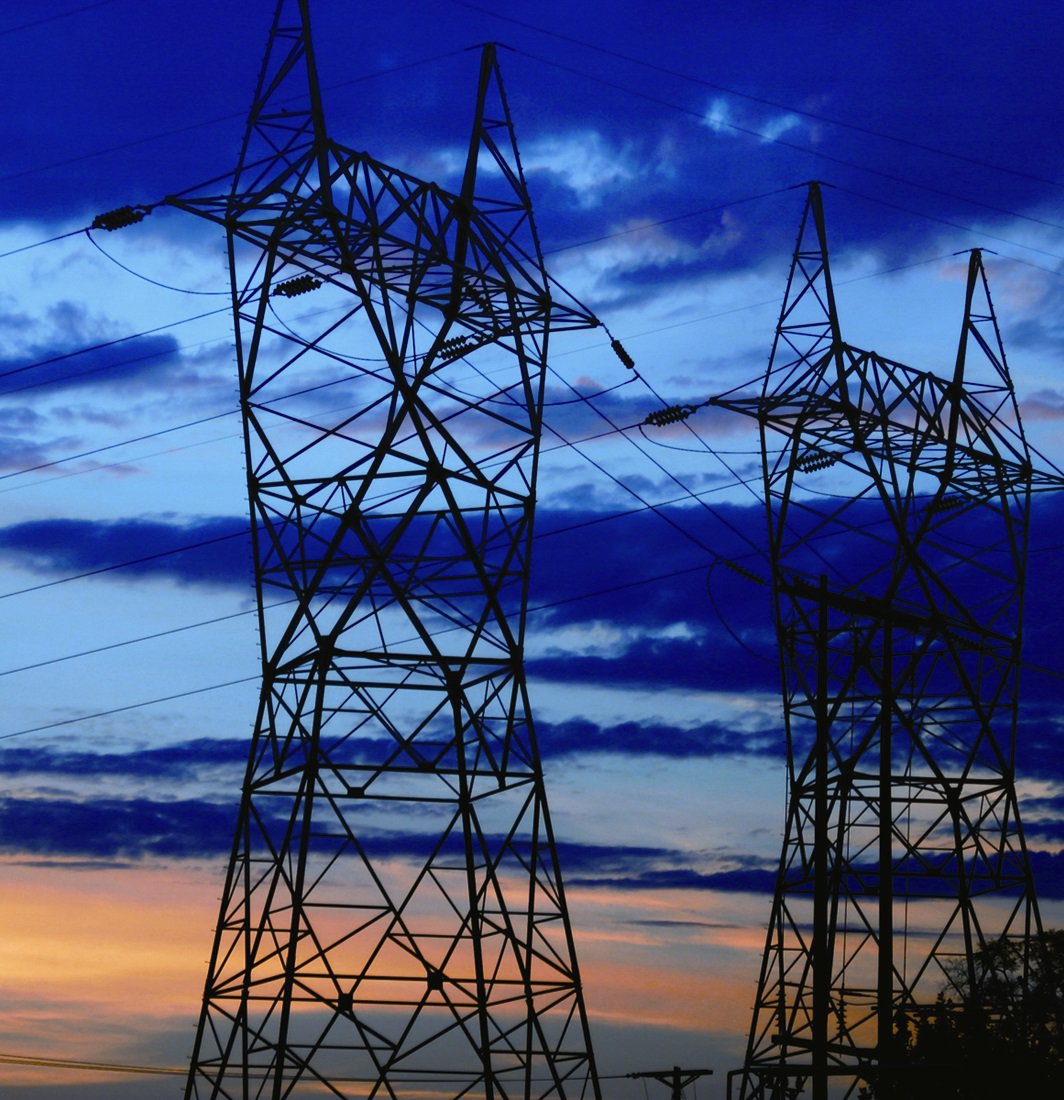An Economic Approach to Electricity Adequacy
- July 03, 2018
- Carol Winkel

How do you know your power supply will be adequate?
Electricity providers in different parts of the world use a variety of methods to ensure that the resources they add will meet their future electricity needs. Here in the Pacific Northwest, the Northwest Power and Conservation Council assesses the region’s power supply annually and forecasts the chance that the region will experience an interruption in service—the loss of load probability of the regional power supply. The Council considers the power supply adequate if the loss of load probability is less than 5 percent.
The Council’s current adequacy standard, however, does not take the cost of service interruption into account. An argument can be made that if the cost of a new resource is greater than the cost of interruption, that resource should not be acquired. A methodology to determine what types of resources are most cost-effective with respect to maintaining adequacy is explained in a paper published in the May 2018 edition of The Electricity Journal, a technical publication for the power industry. The authors are Tom Karier, the Council’s Eastern Washington member, and Council Power Planning Division staff members John Fazio, Steven Simmons, and Massoud Jourabchi.
The method compares the net cost of a resource (fixed and variable costs minus revenue from sales) to the cost of interruptions to customers. The method is based on economics suitable for both dispatchable resources, such as gas-fired turbines and for nondispatchable resources such as energy efficiency, wind, and solar.
Resources that reduce curtailment efficiently and at lower cost are more valuable and should be acquired first. Furthermore, if the true cost of interruption were known, it could be used to set thresholds for adequacy metrics (e.g., setting the maximum allowable percent for the loss of load probability). Unfortunately, the cost of interruption varies dramatically among customers and is very difficult to assess.
Still, based on this method, according to the paper, energy efficiency and demand response are more cost-effective for addressing capacity needs (periods of peak demand) than gas-fired plants.
For more on the Council’s resource adequacy standard, read this great primer, Standard Aims to Keep Regional Electricity Supply Adequate, and more recent blogs on the topic.



